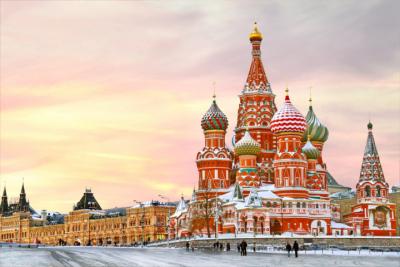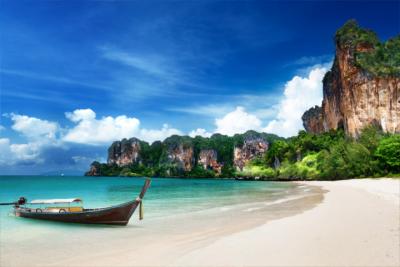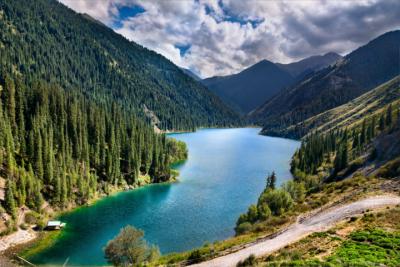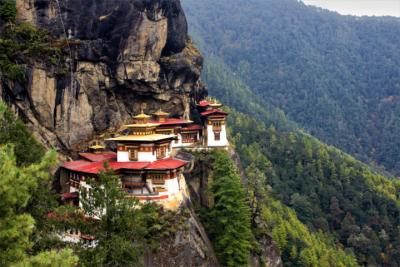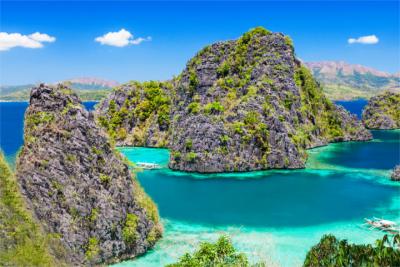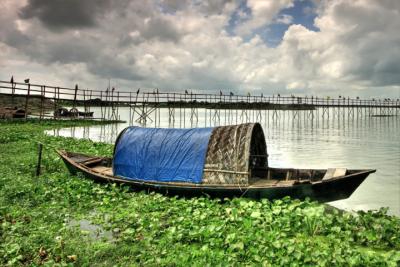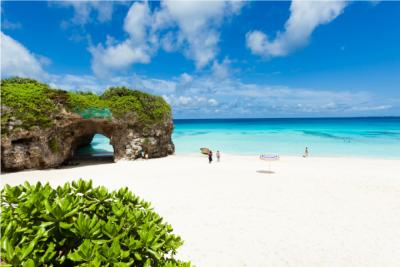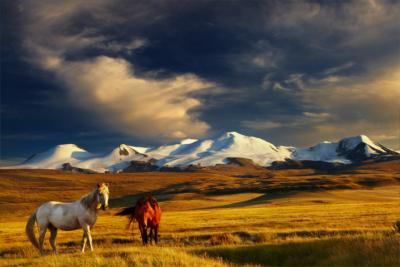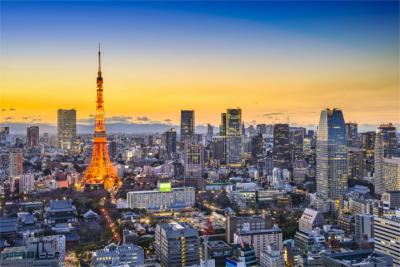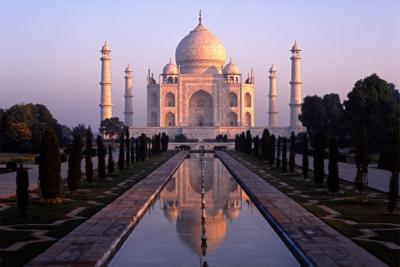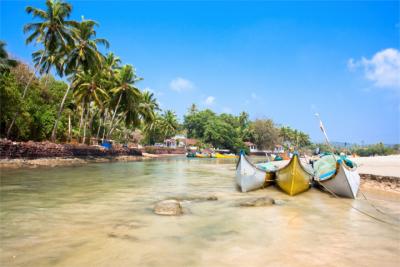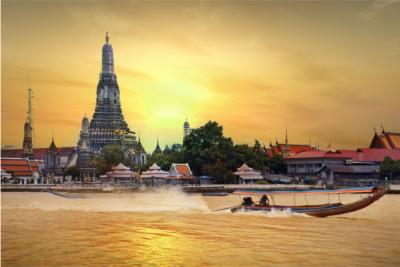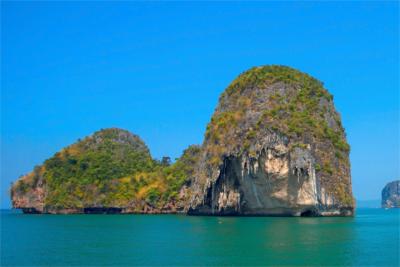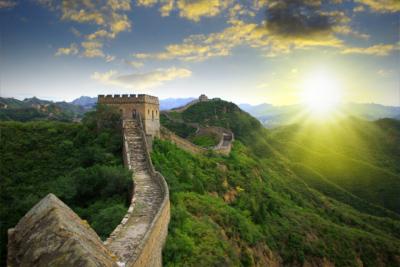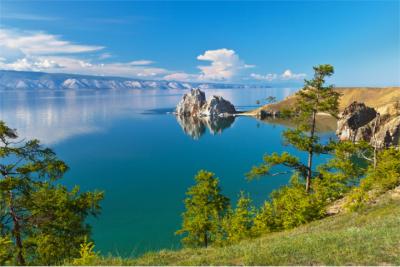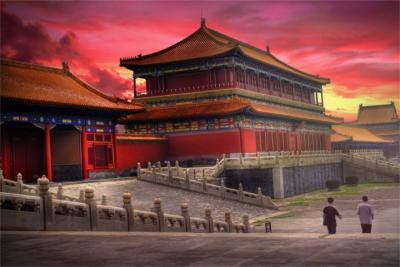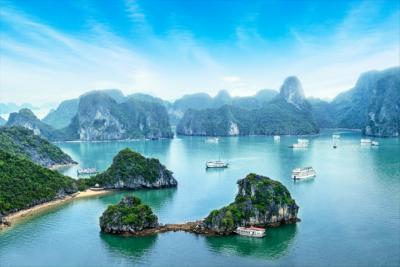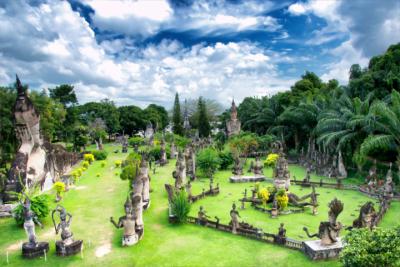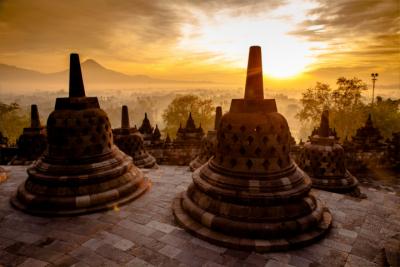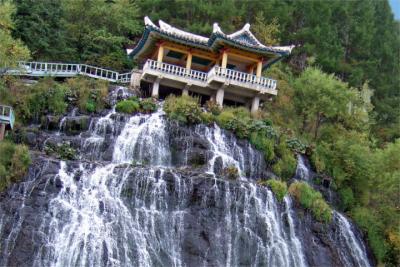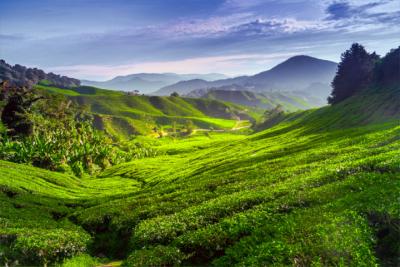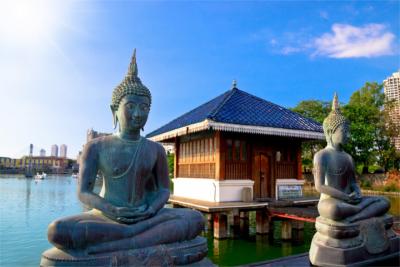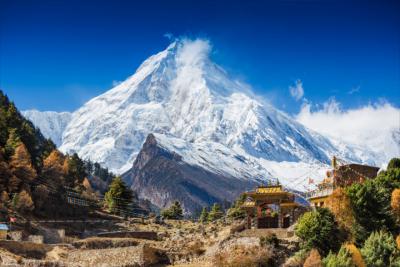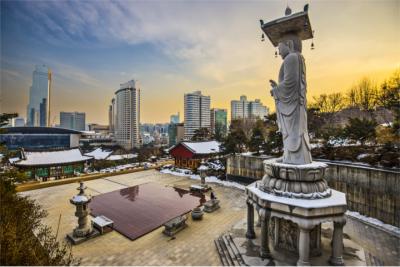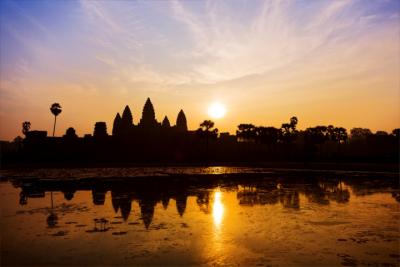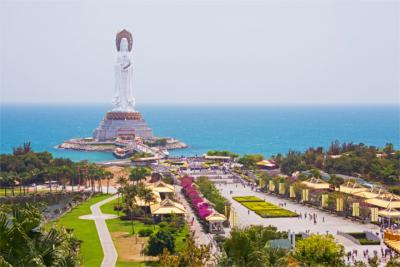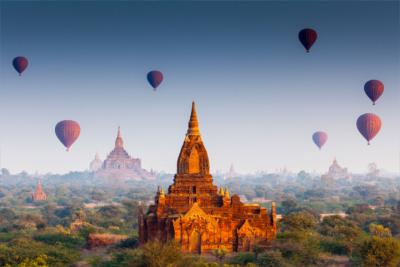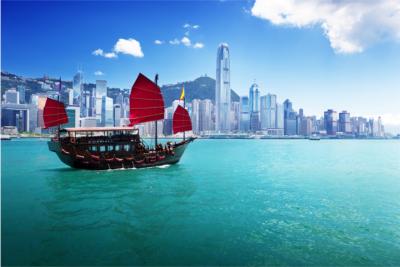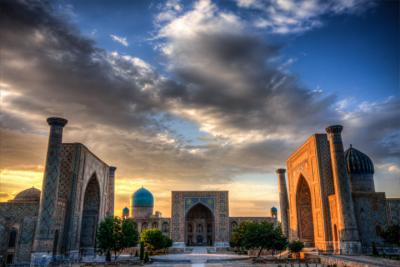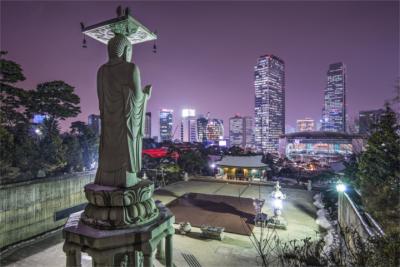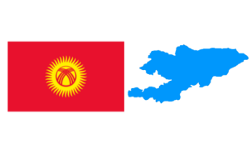Travel Offers
Travelmyne Featureprint
Distance
Kyrgyzstan – Vast Steppes and Harsh Mountains
The Kyrgyz people feel most comfortable on their horses. They have been living this life, which connects them with the breathtakingly beautiful landscape of steppes and mountains, for centuries. A modern Kyrgyzstan is emerging slowly.
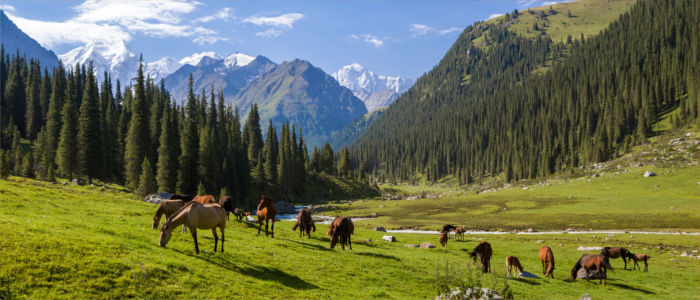
Geography - The mighty Tian Shan range
The Central Asian inland country Kyrgyzstan is located between China, Kazakhstan, Uzbekistan and Tajikistan. It lies in the Tian Shan range. Almost the whole country is crossed my mighty mountains with the Jengish Chokusu as the highest peak with a height of 7,439 metres. The continental climate creates very hot summers (+40 °C) and cold winters (-20 °C). There are considerable temperatures differences between day and night.

Nature - Over mountains, valleys and steppes
Harsh, rugged mountains alternate with deep valleys and vast steppes in Kyrgyzstan. Grassy landscapes, sporadically vegetated by shrubs, extend to the glaciers. While the relatively few forested areas are populated by lynxes, wolves and bears, the high mountains are home to snow leopards, mountain sheep with their mighty horns and marmots.
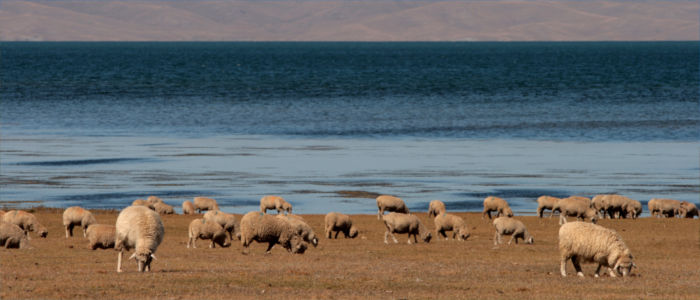
Natural sights - Special nature reserves and Lake Ala-Kul
A great way of experiencing the natural diversity of the mountain region is a trip to the Sarychat-Ertash State Nature Reserve. North of it you find Kyrgyzstan's greatest lake, the Issyk Kul. This body of water is about 700 metres deep and extraordinarily warm for this region. The lake is not only beautiful to look at, you can also swim it. The wonderful beaches and hot thermal springs make it a tourist attraction. Close by the lake you find the beautiful Karakol Valley. The Tian Shan range, which is a summer camp to many shepherds, accommodates the Song Kol Lake at a height of over 3,000 metres. Besides the magical mountain backdrop, you see many yaks, sheep and horses there – and numerous shepherds with their yurts. Other natural sights are the greatest walnut forest on earth in the region Jalal-Abad and the particularly beautiful Lake Ala-Kul, which fascinates visitors with its turquoise blue water.

Culture - The Kyrgyz people, pastoral people
The country's name is said to have originated from the term kirkkyz, "40 girls". That is why the Kyrgyz people believe that their population traces back to 40 tribes. In fact, several peoples have lived on the territory under foreign since the 13th century – first under the Mongols, then under the Chinese and under the Russian Empire since the 19th century. Afterwards the country became a part of the Soviet Union and then it gained independence. Despite the many influences from outside, the most important elements of Kyrgyz culture remained – horse breeding and the hunt with falcons and eagles. The Kyrgyz are still a pastoral people which loves the free life between yurt and steppe. The inhabitants practise the Islam in moderation.

Cultural sights - The oldest Burana Tower in Asia
Bishkek, the country's capital, slowly develops into a more modern city. Used cars from Europe speed through its streets. Wide boulevards are flanked by typical Soviet blocks of houses. The people meet at the main square Ala-Too. The tradition, especially the Islamic one, can still be felt in Osh, Kyrgyzstan's second biggest city. In its centre you find the Sulayman Mountain, a significant destination for pilgrims. Along the Road of Silk there are many historical testimonies such as the Bezeklik Thousand Buddha Caves. Worth seeing is also the sand-coloured Burana Tower near Tokmok, which is 22 metres high and the oldest tower of its kind in Asia.
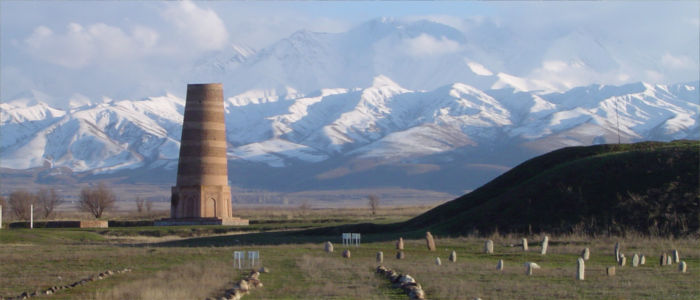
Experience - In the capital Bishkek at night
The barren grounds do not produce much for the country's cuisine. That is why the Kyrgyz people eat a lot of meat. Horse, sheep and calve meat are on the menu. The national dish Beshbarmak, for example, is made of mutton, noodle dough and onions. With it you have fermented mare's milk. Felt products have a great tradition in the country but the most characteristic products are colourful carpets with scenes of pastoral life, pottery and chess games with Kyrgyz chess pieces. You can buy these on the cities' many lively bazaars. Travellers who want to go out during their holidays in Kyrgyzstan can best do this in the capital Bishkek. It has many discos, bars, cafes with live bands, restaurants, theatres and an opera.
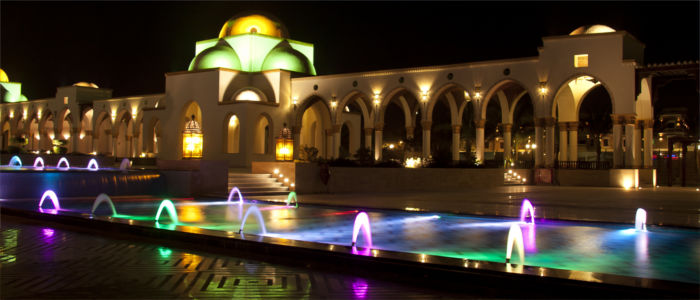
Activities - Exploring the impressive landscape
Riding through the impressive mountain and steppe landscape with the shepherds and living in their camps – this is possible in Kyrgyzstan. In addition, you can get to know traditional handicraft and help to bake bread, for example. Those who do not want to ride can explore the country's breathtaking nature on foot or by mountain bike. Climbers will enjoy the many organised mountaineering camps.
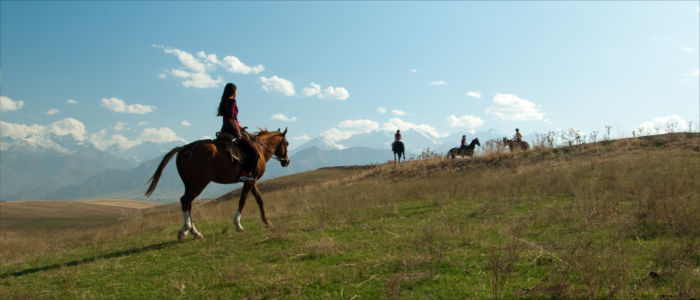
Information
The airports in Bishkek (FRU) and Osh (OSS) connect Kyrgyzstan to the international air traffic. Turkish and Russian airlines land here. From Moscow, you can take a train to Kyrgyzstan. The languages Kyrgyz and Russian are spoken in the country.
Kyrgyzstan is an insider tip for a travel destination. The possibility of taking part in the native life of the shepherds and horsemen makes Kyrgyzstan appealing. The country is the right place for travellers who are looking for an adventure in the breathtaking, unspoiled world of mountains and steppes.

